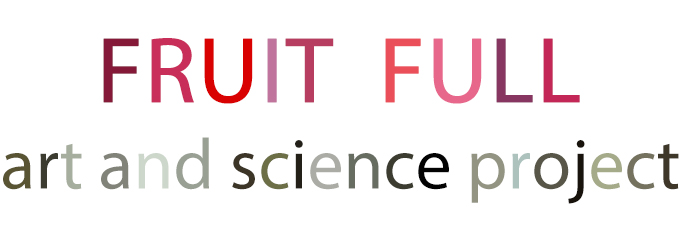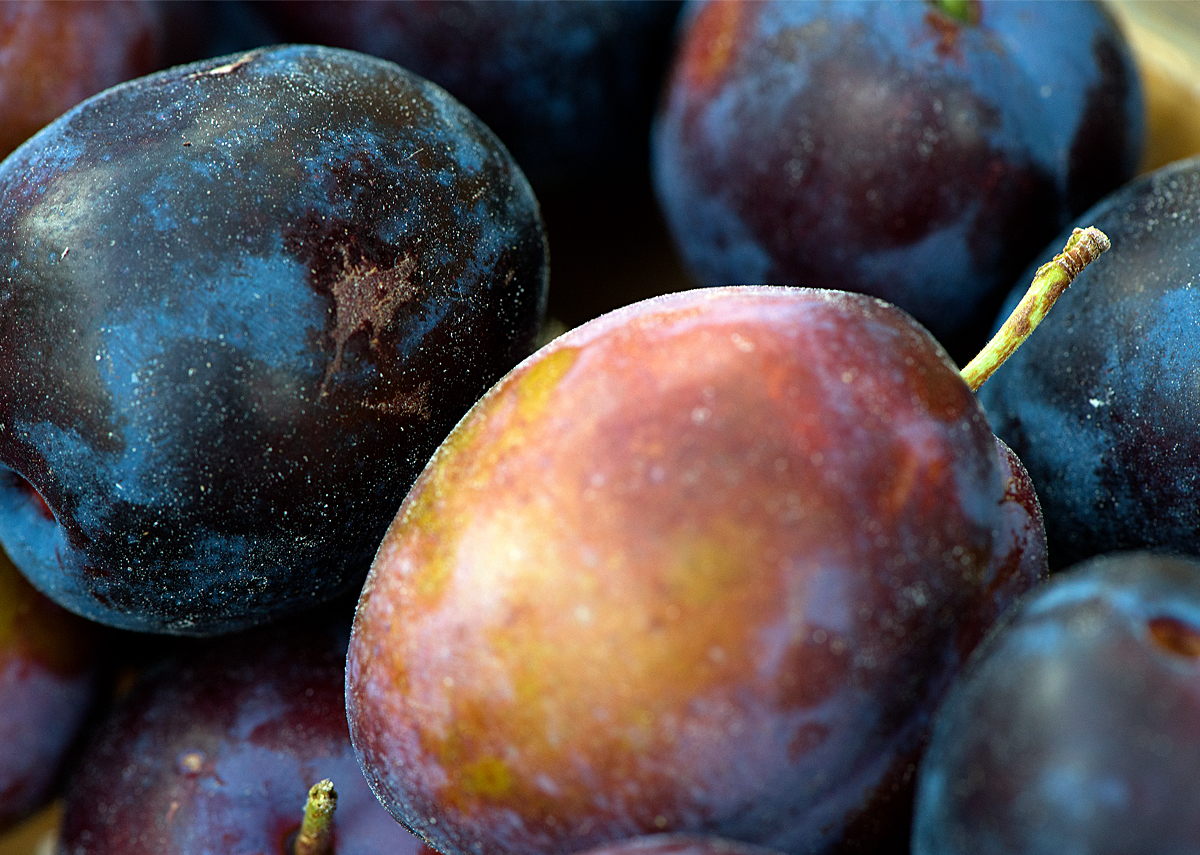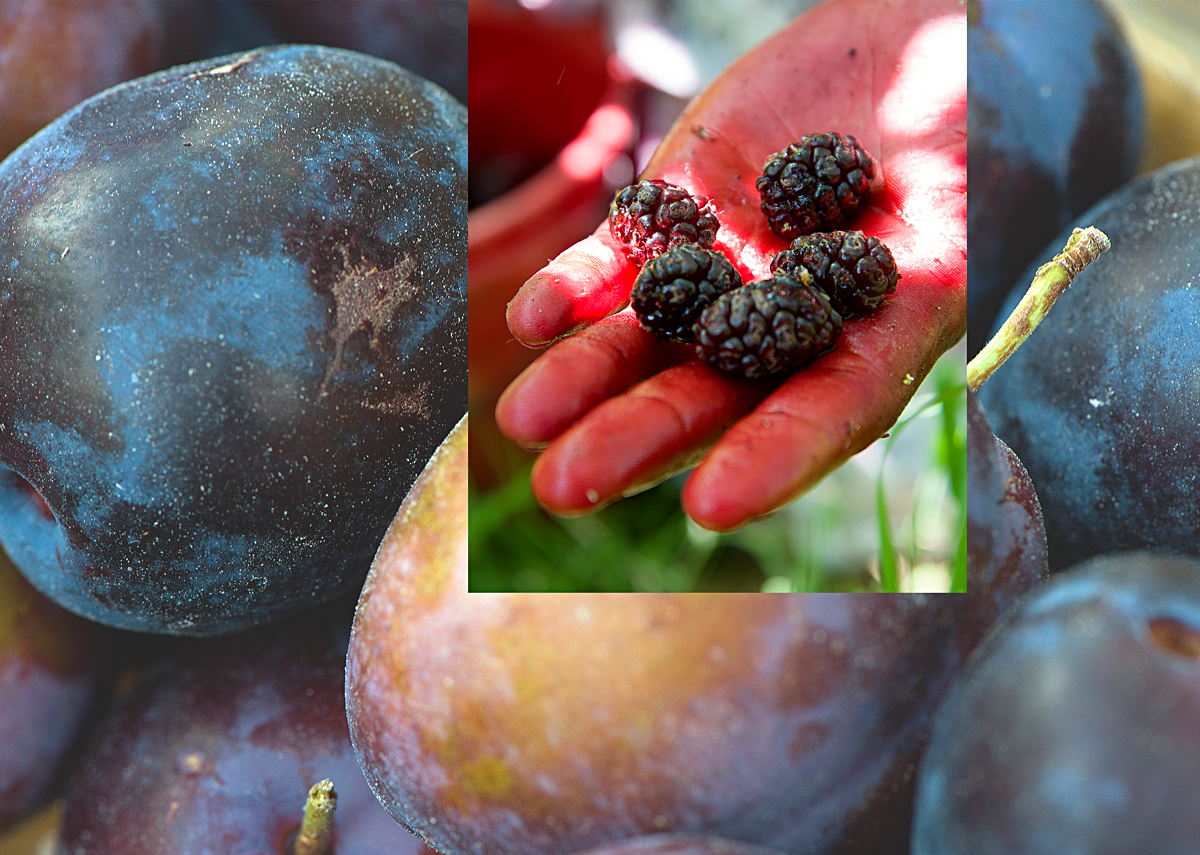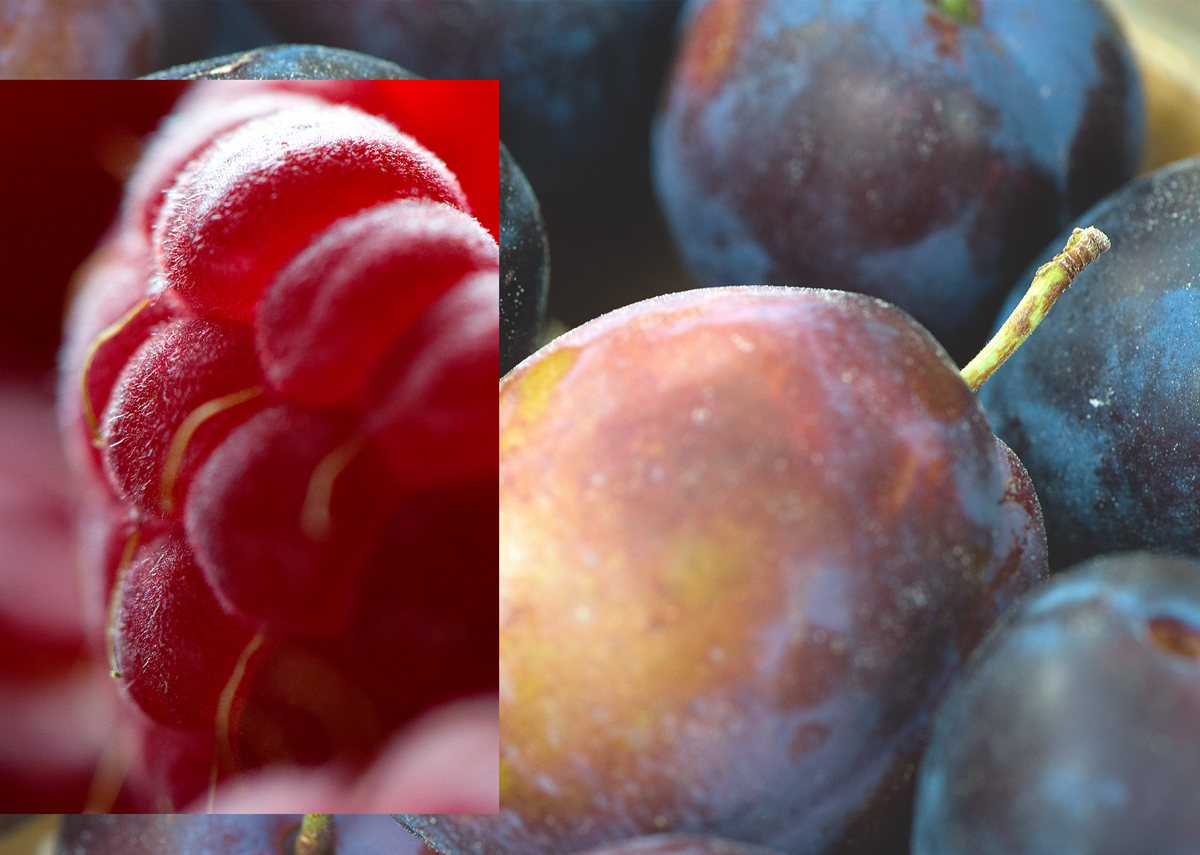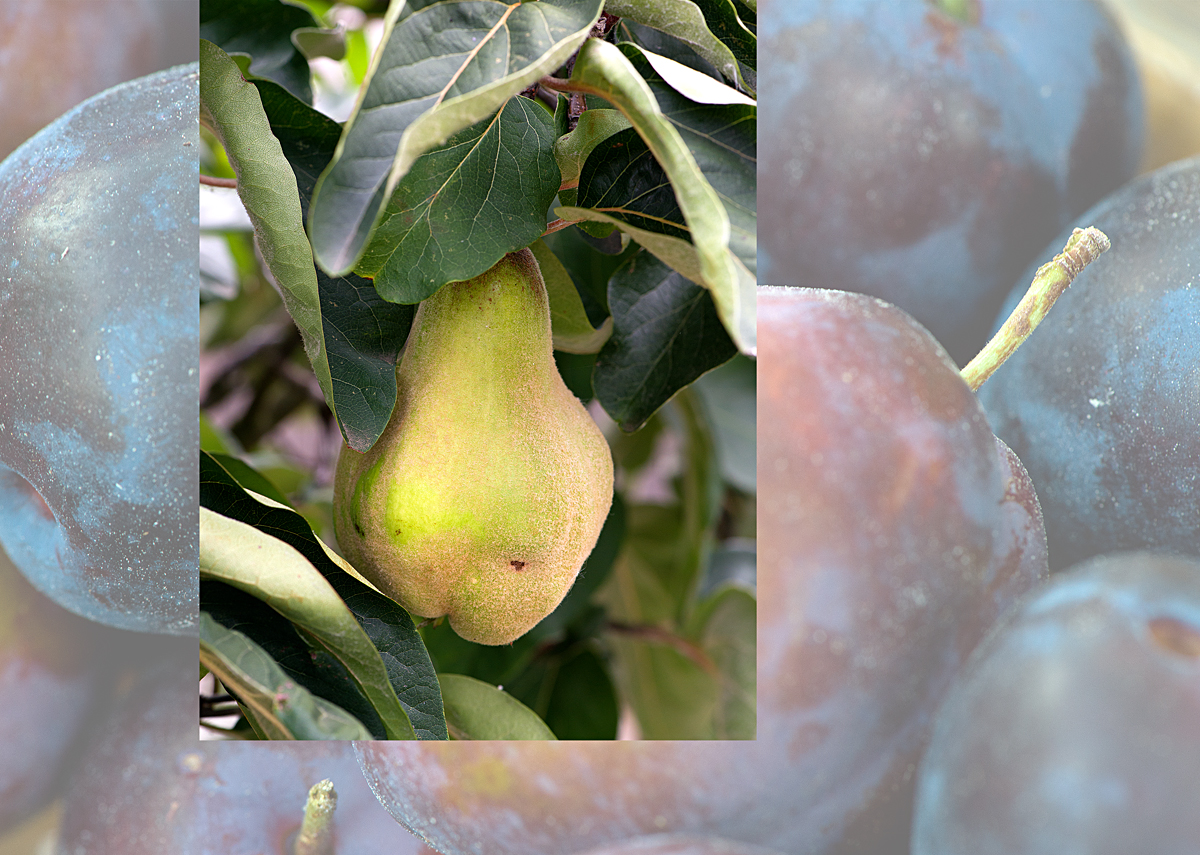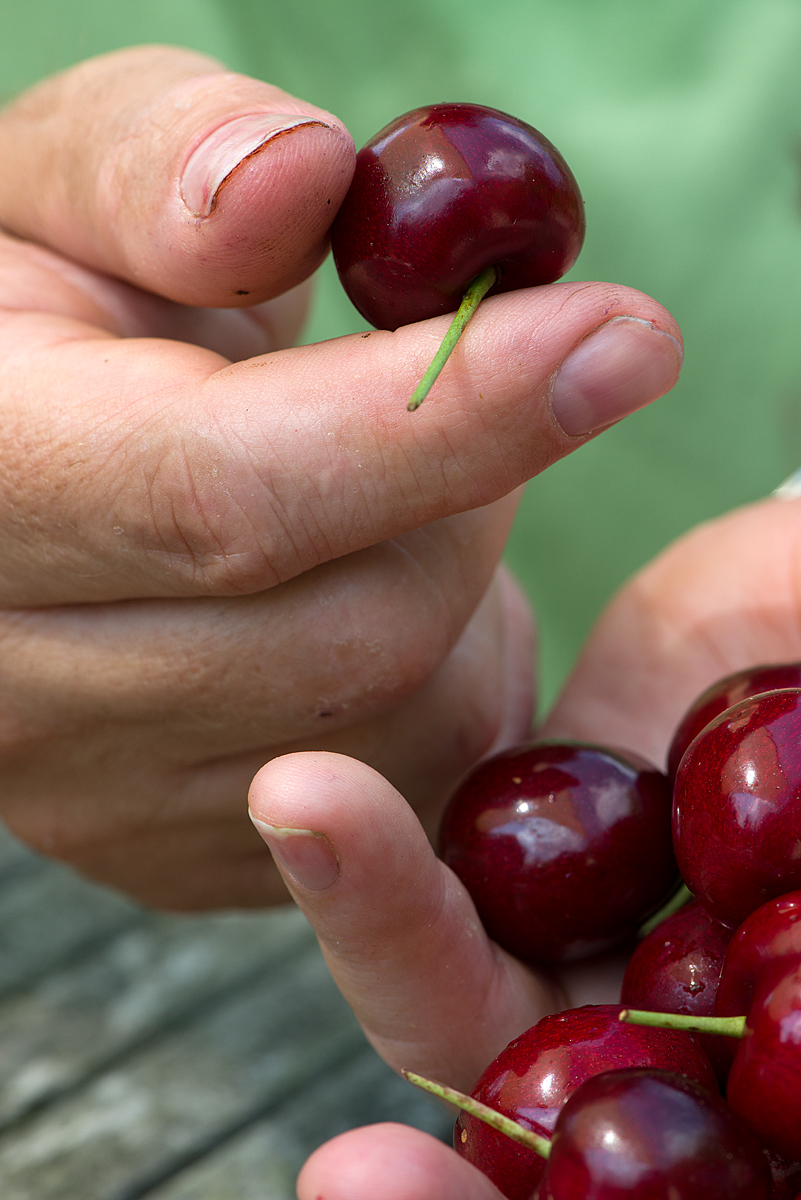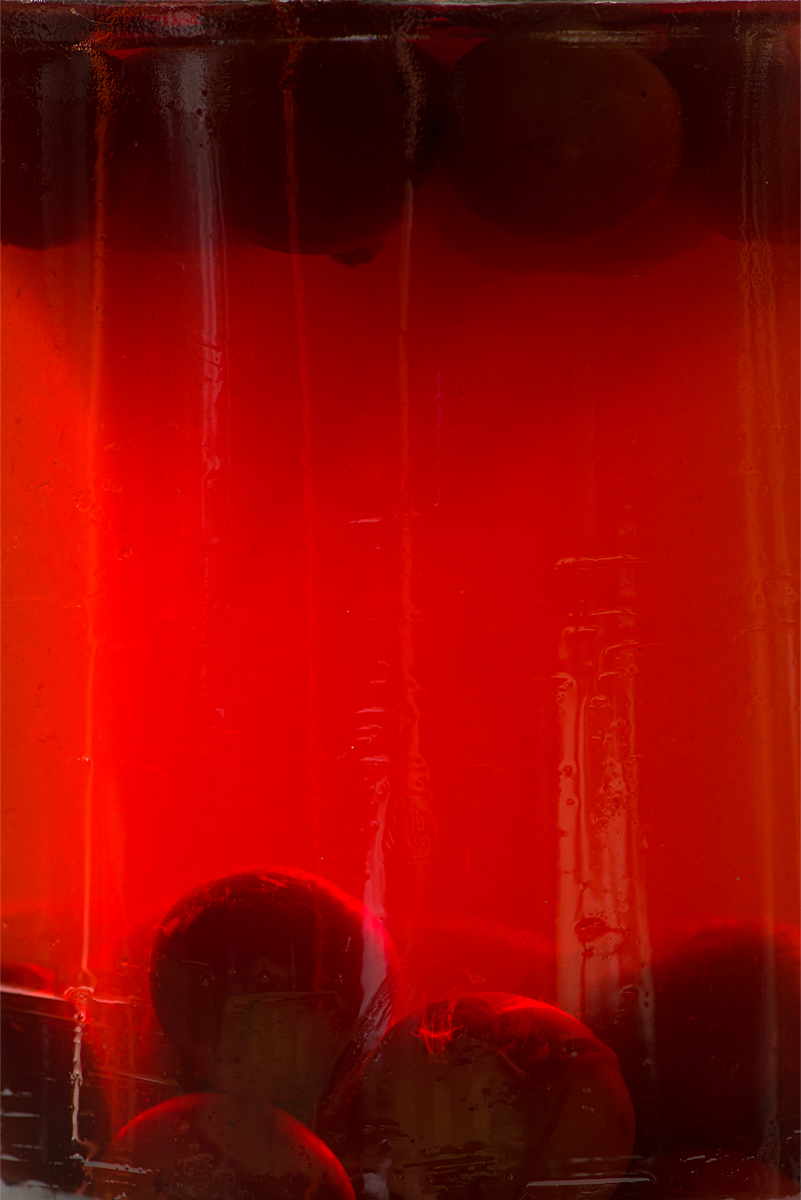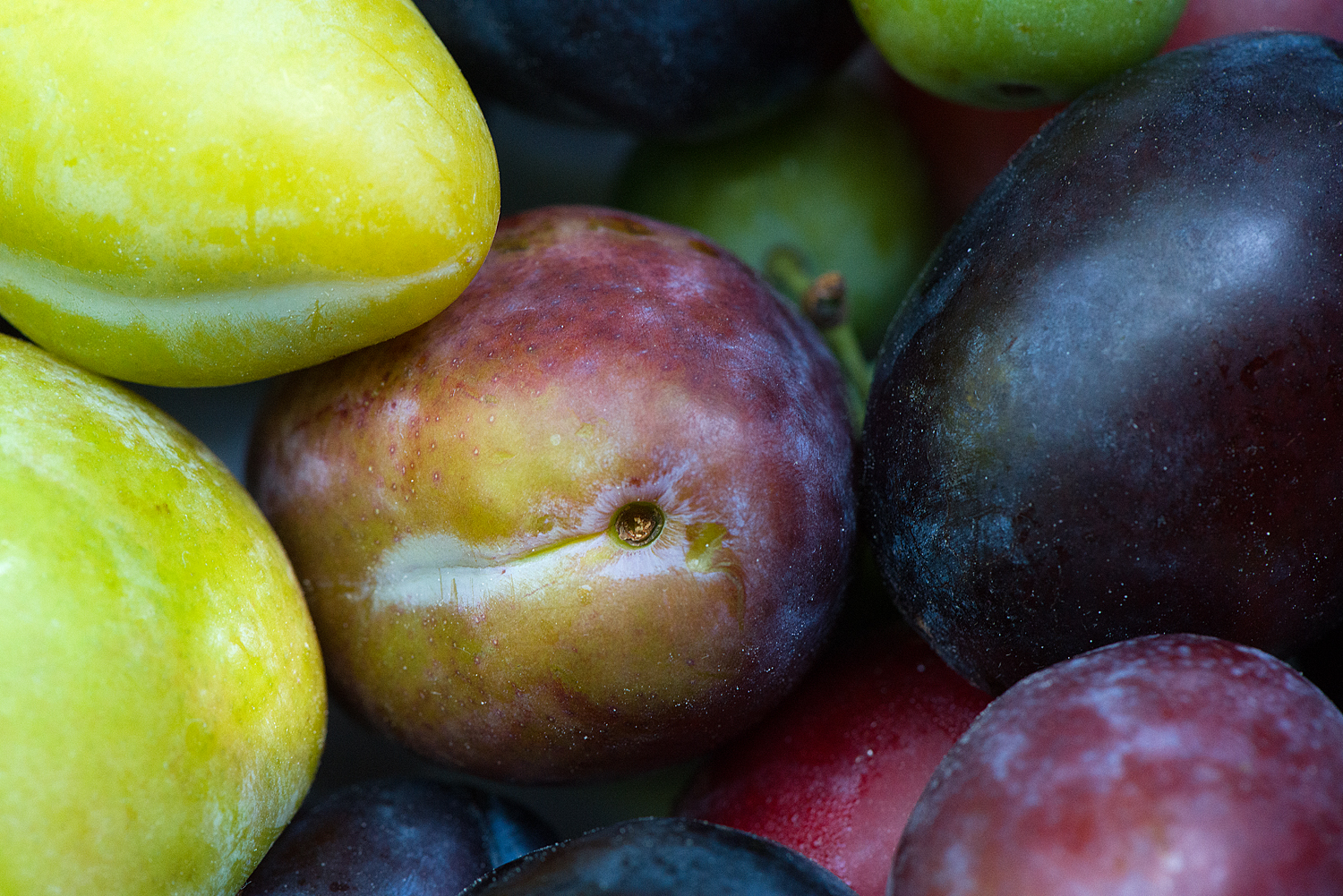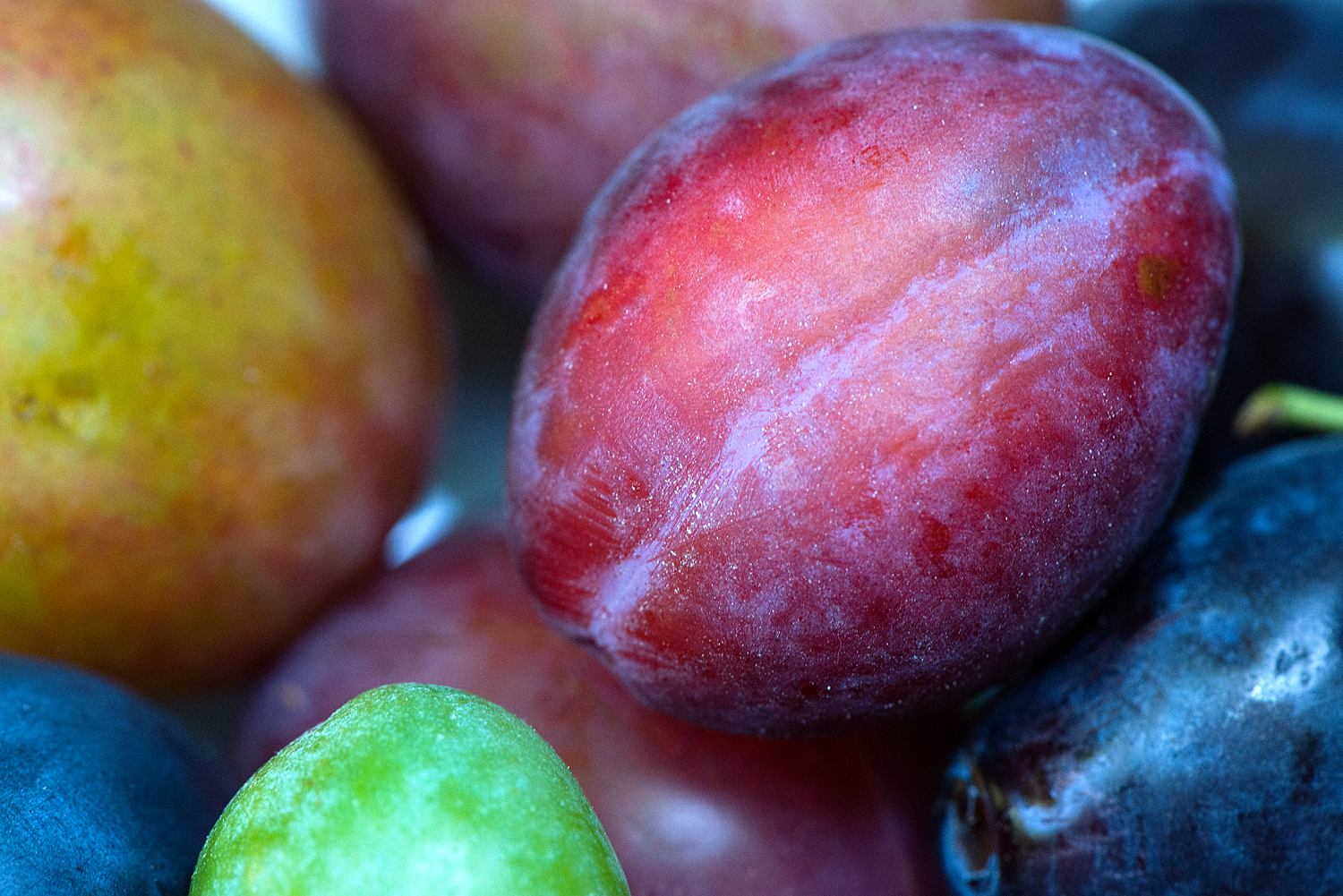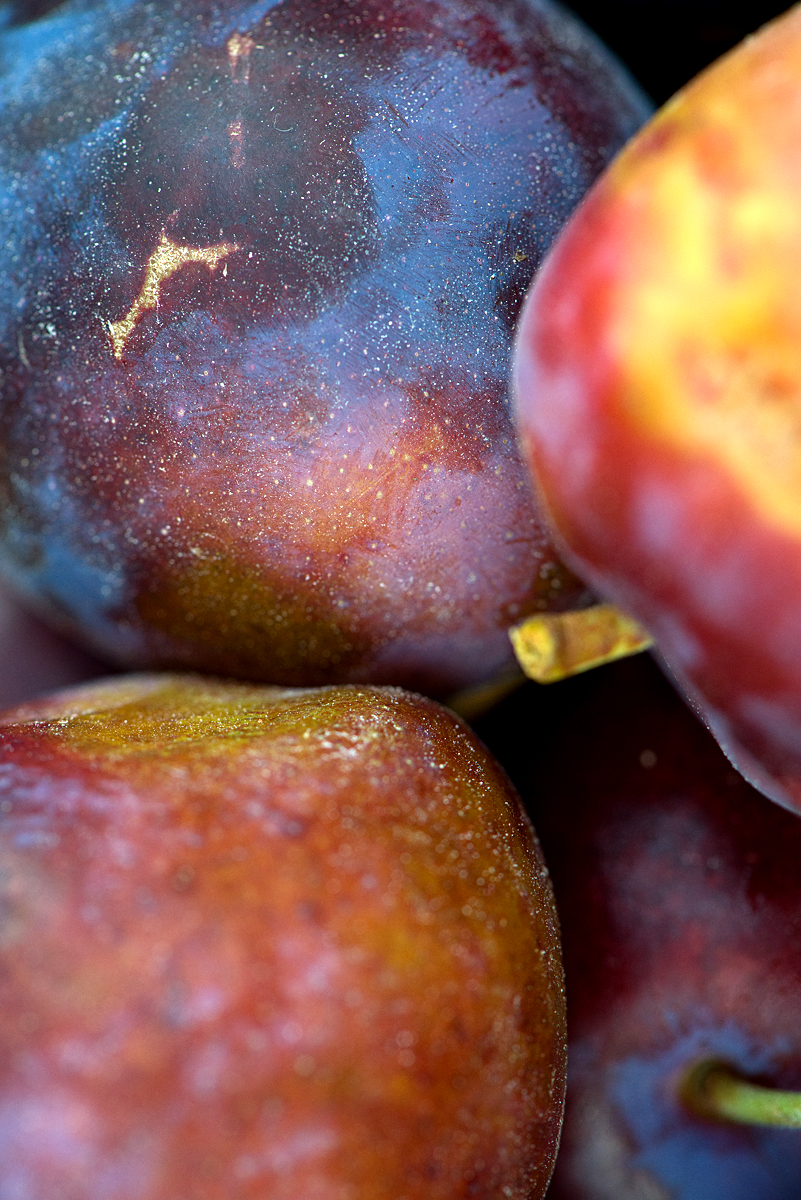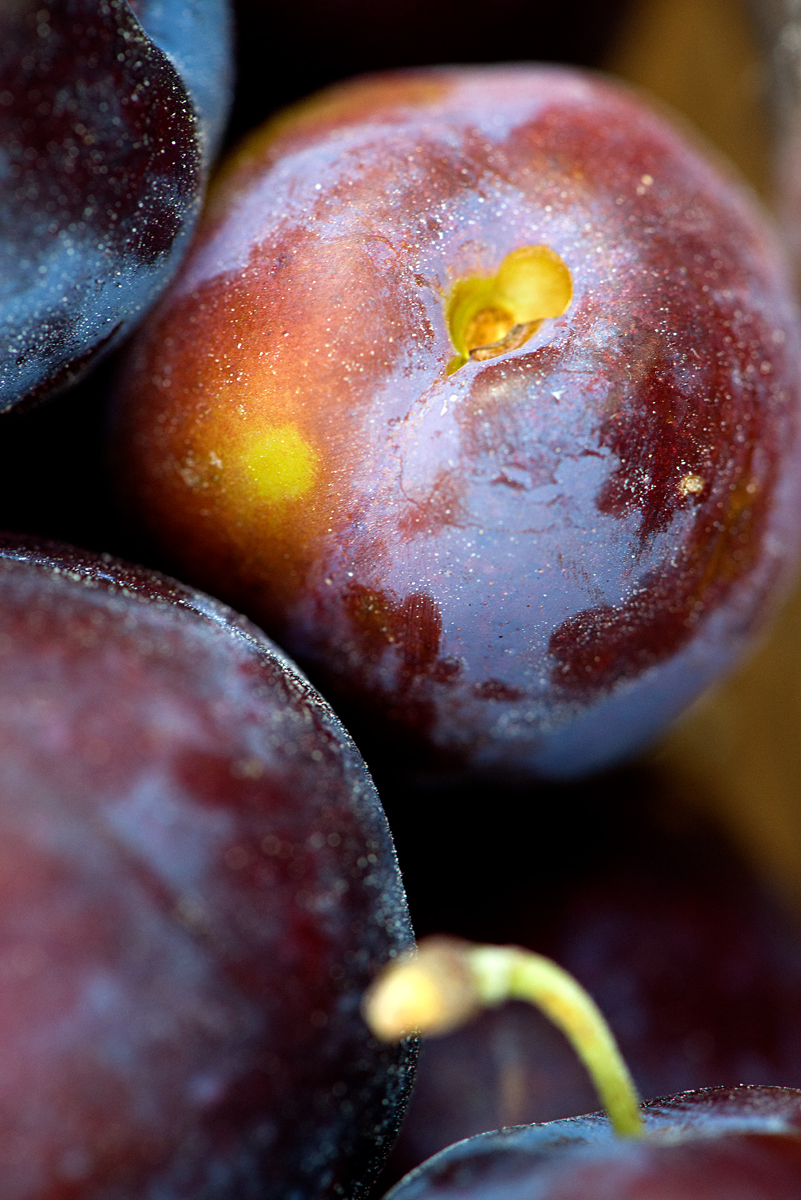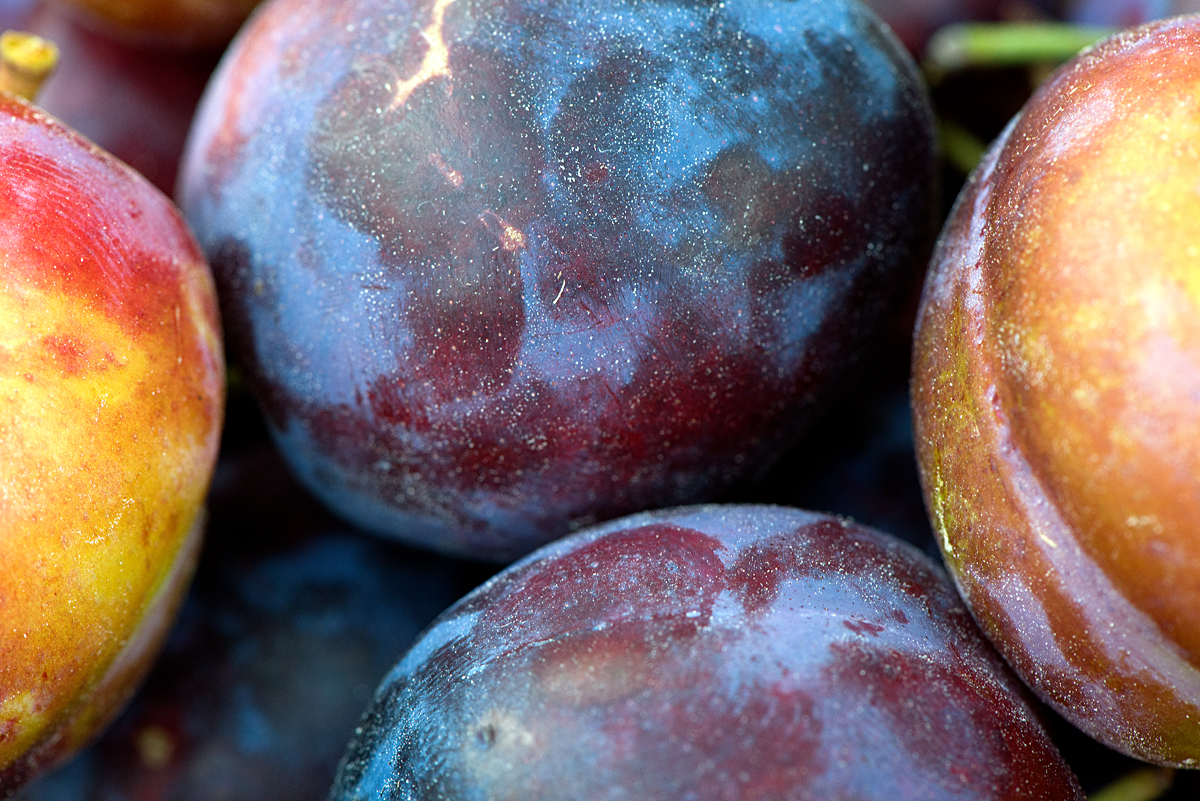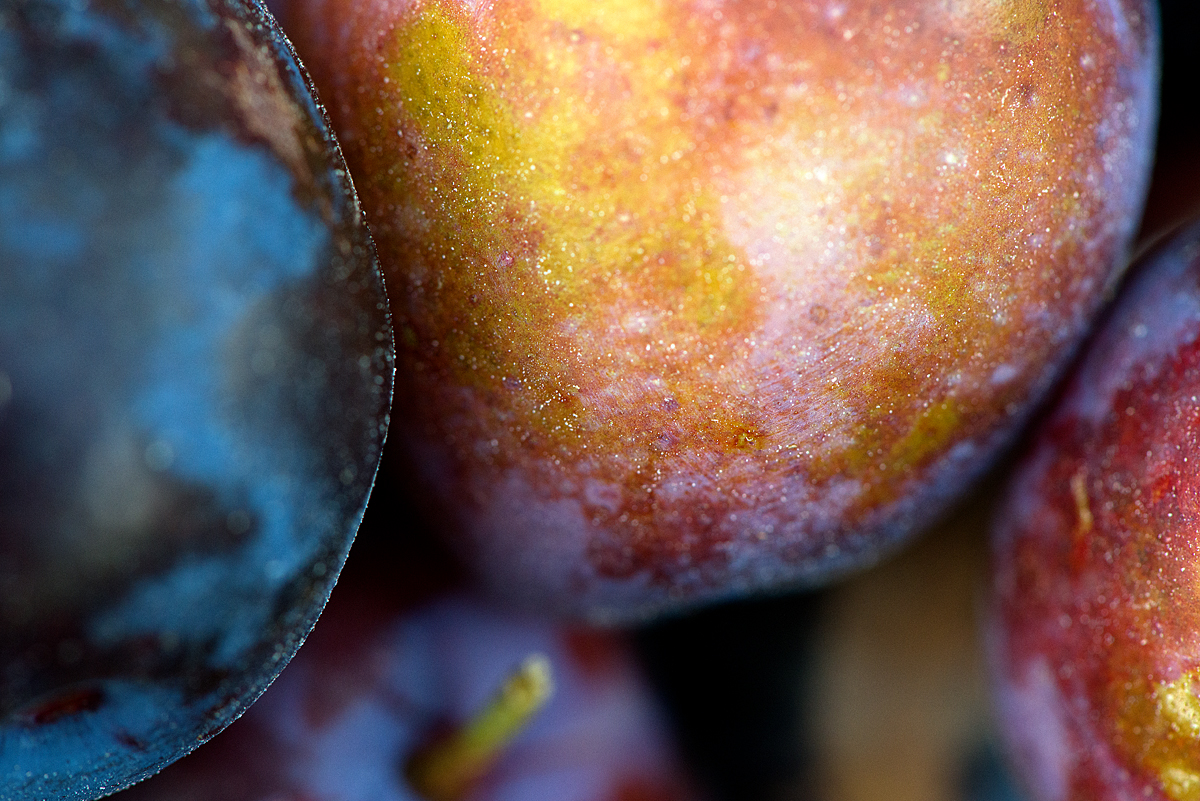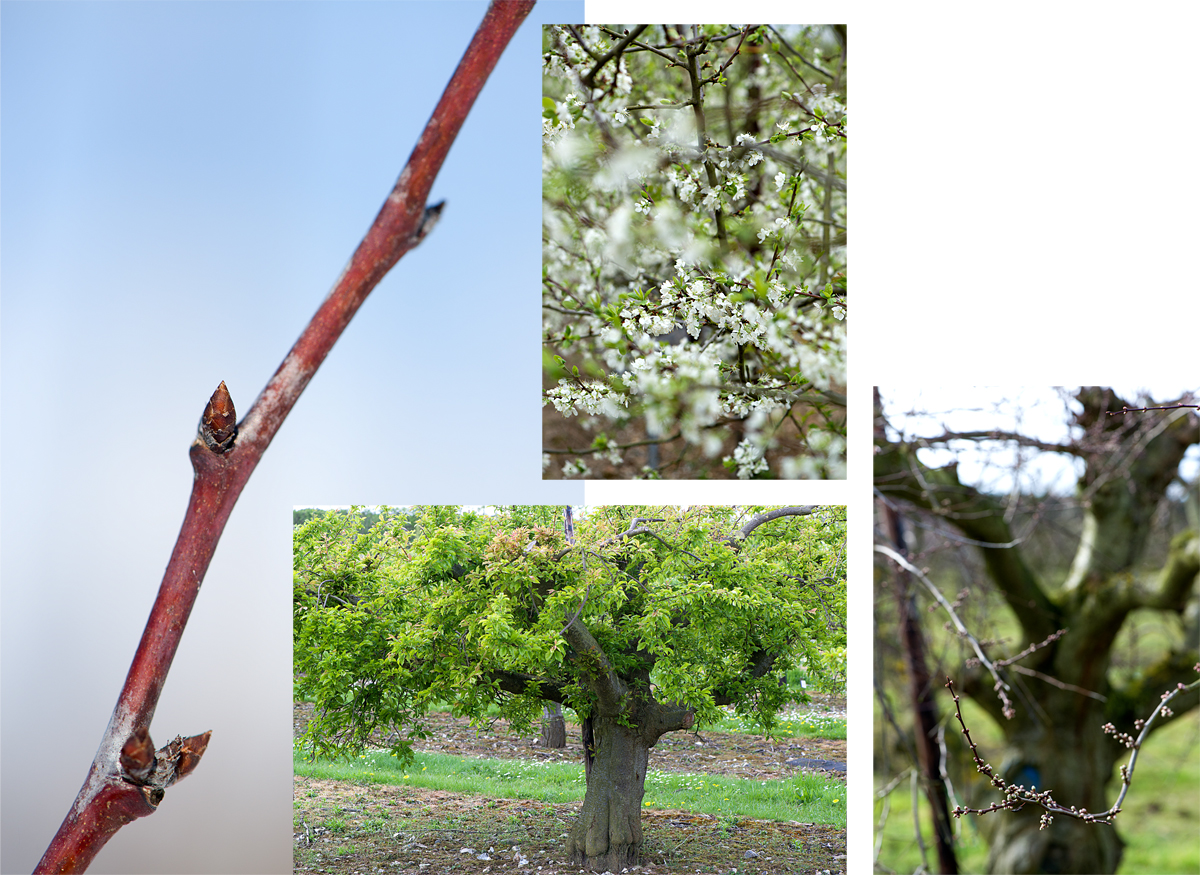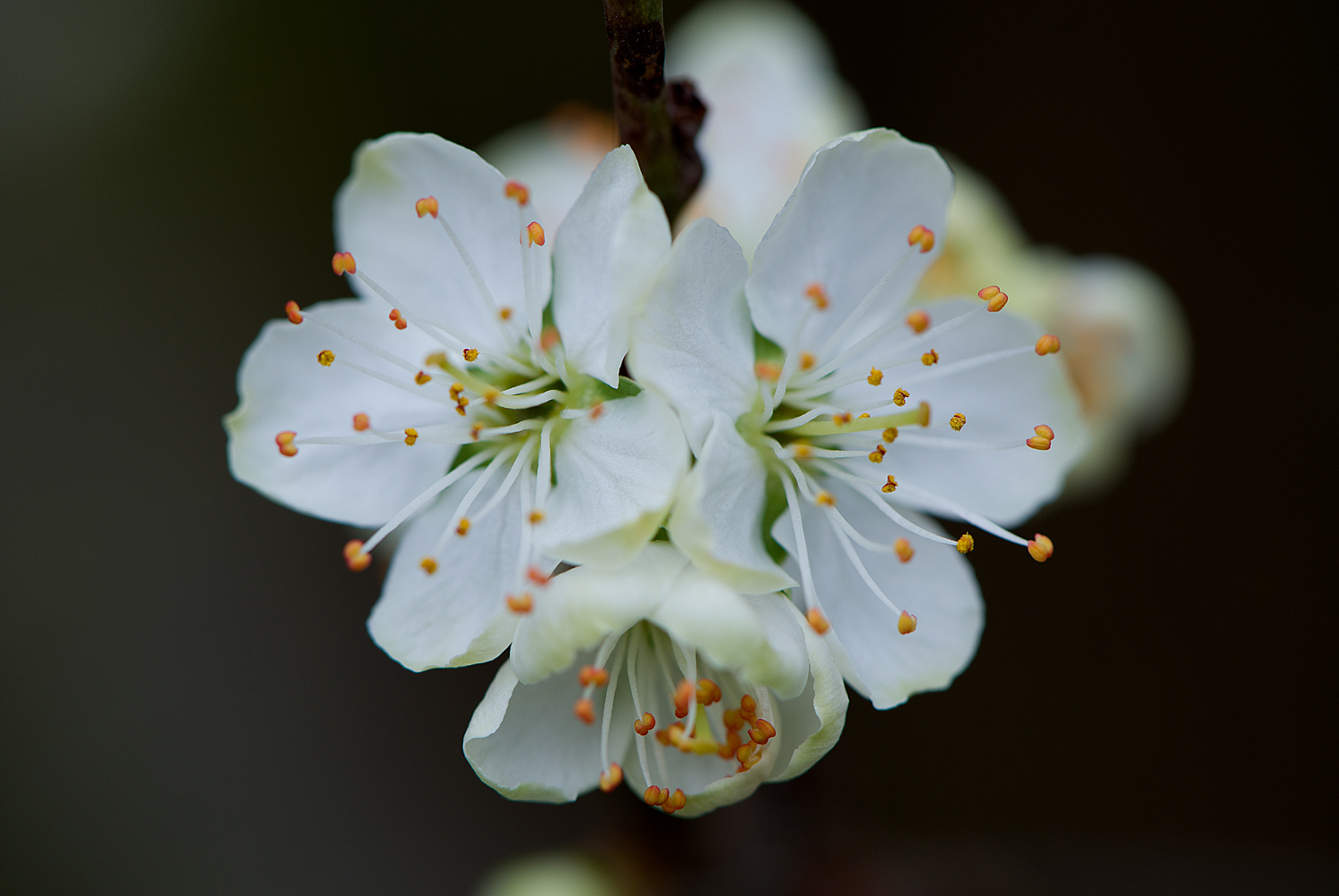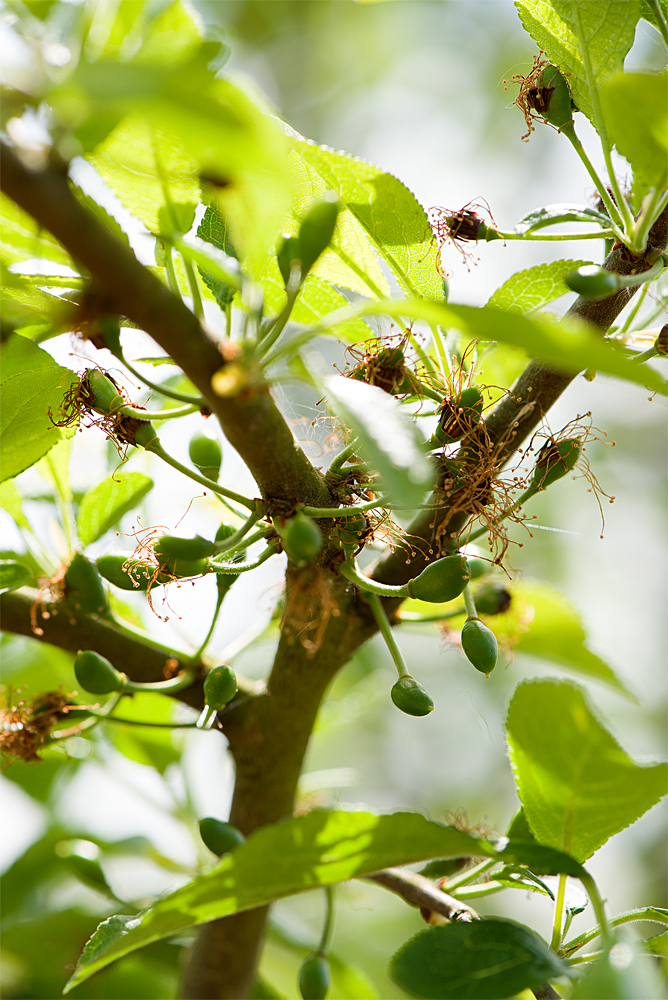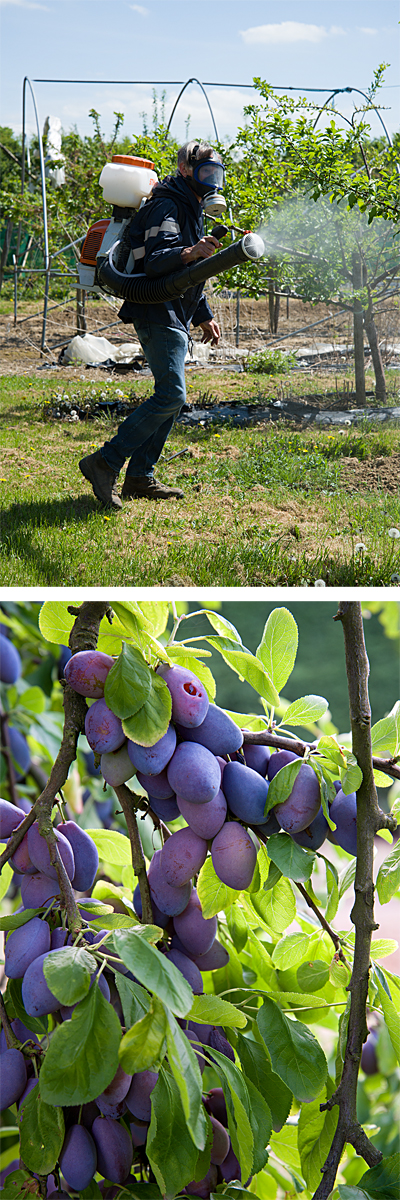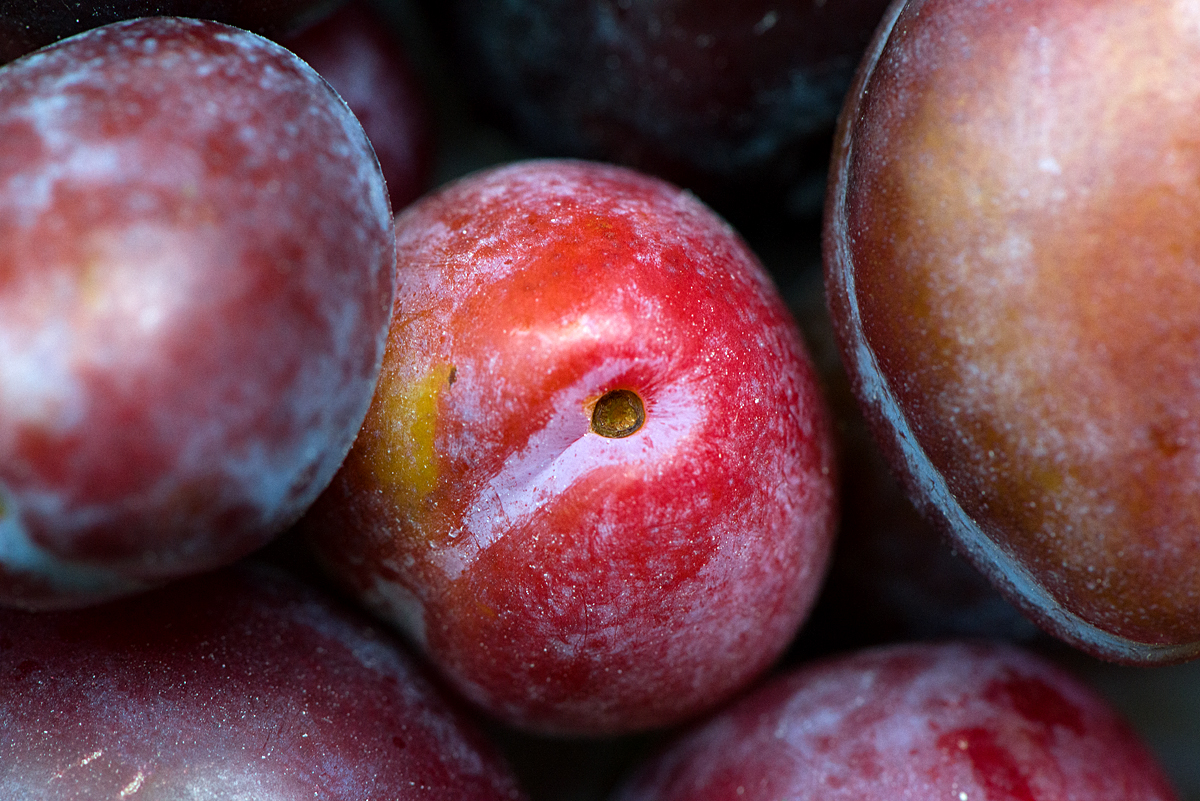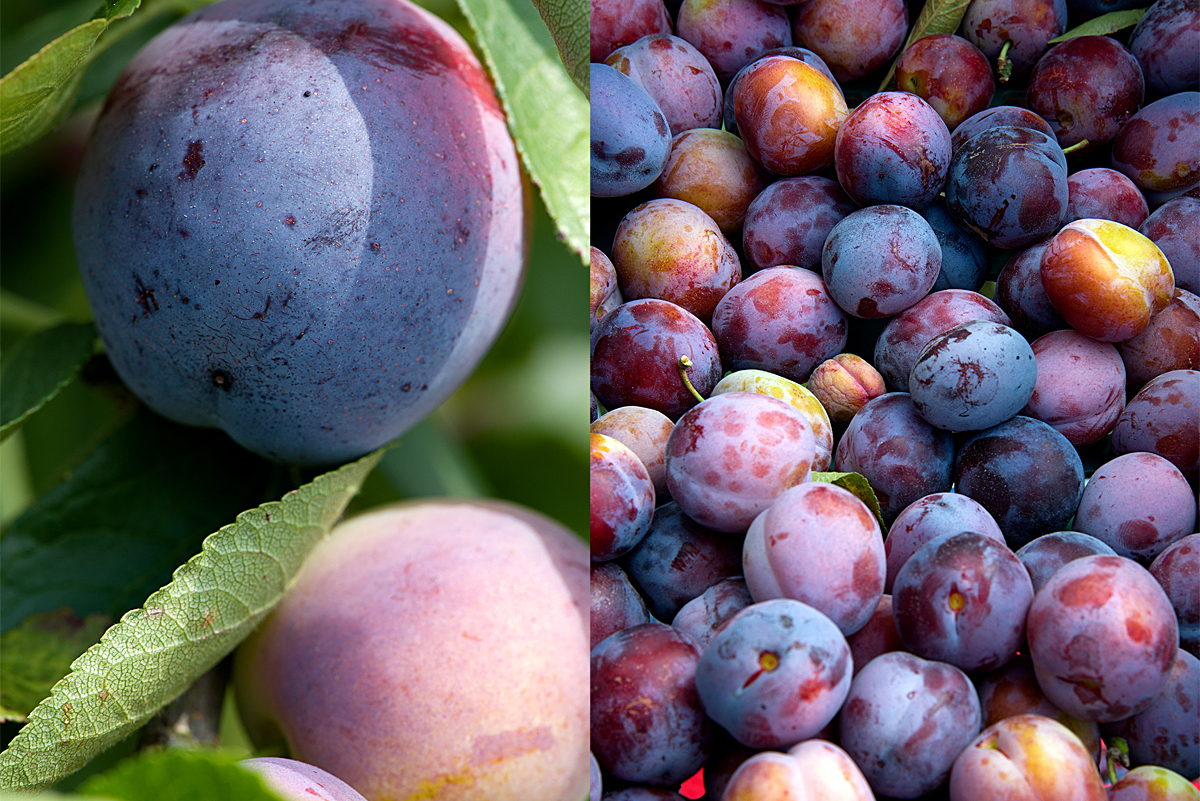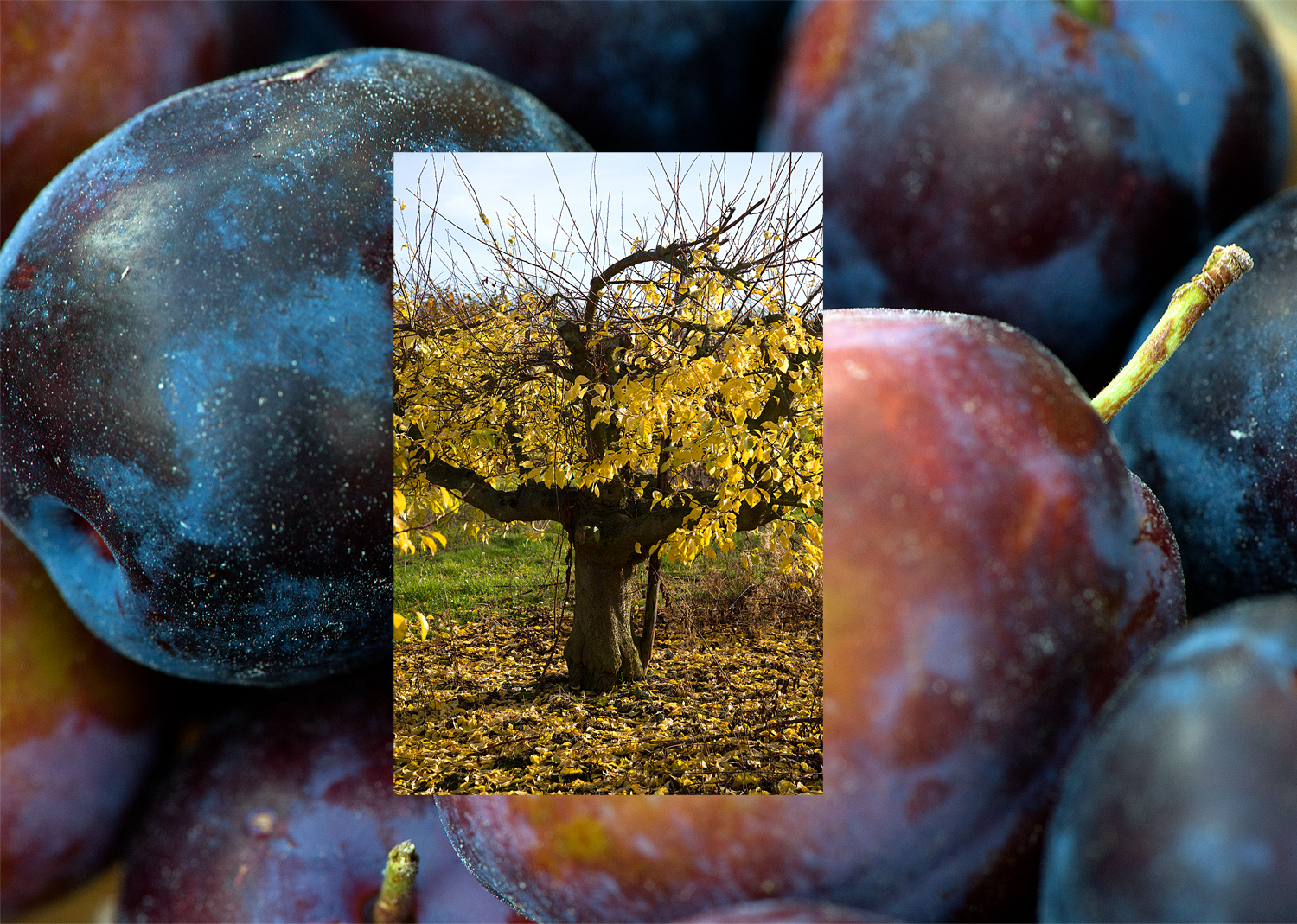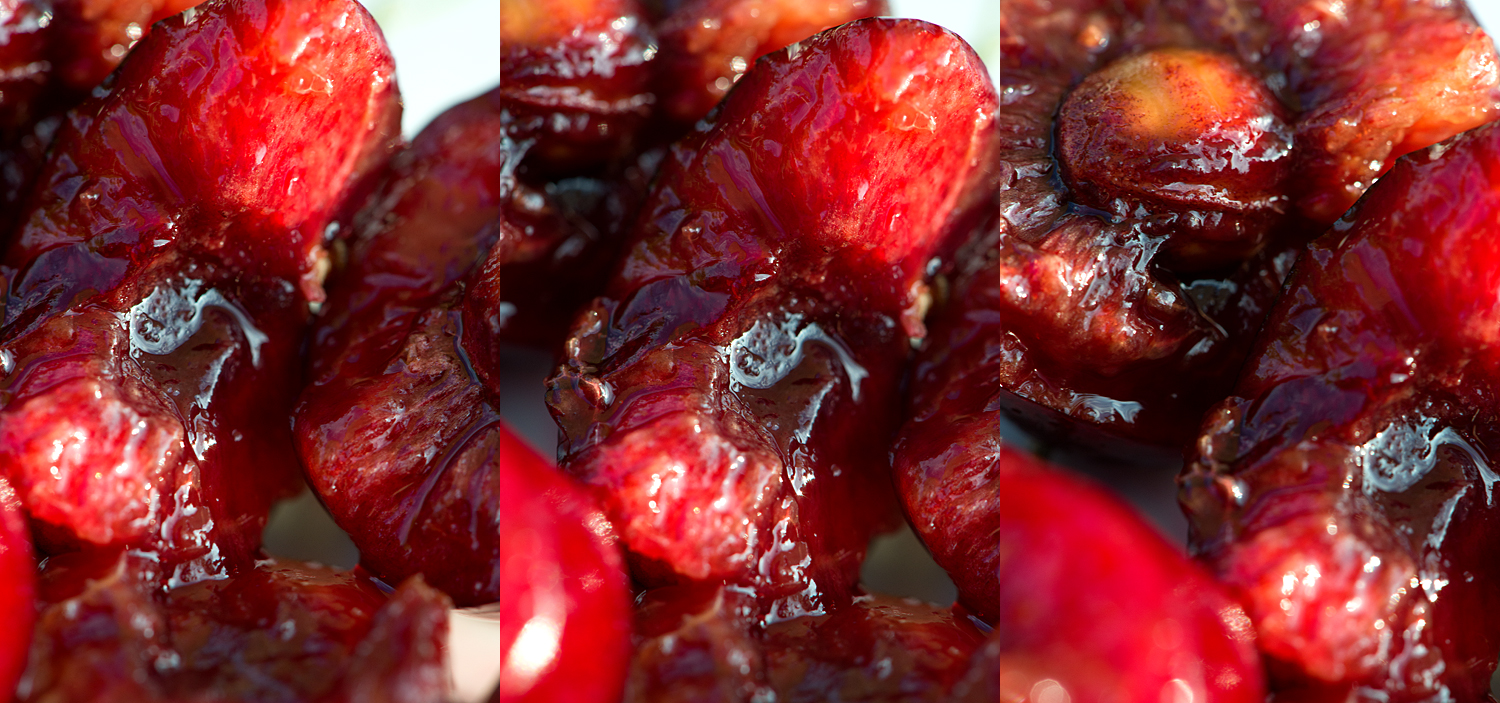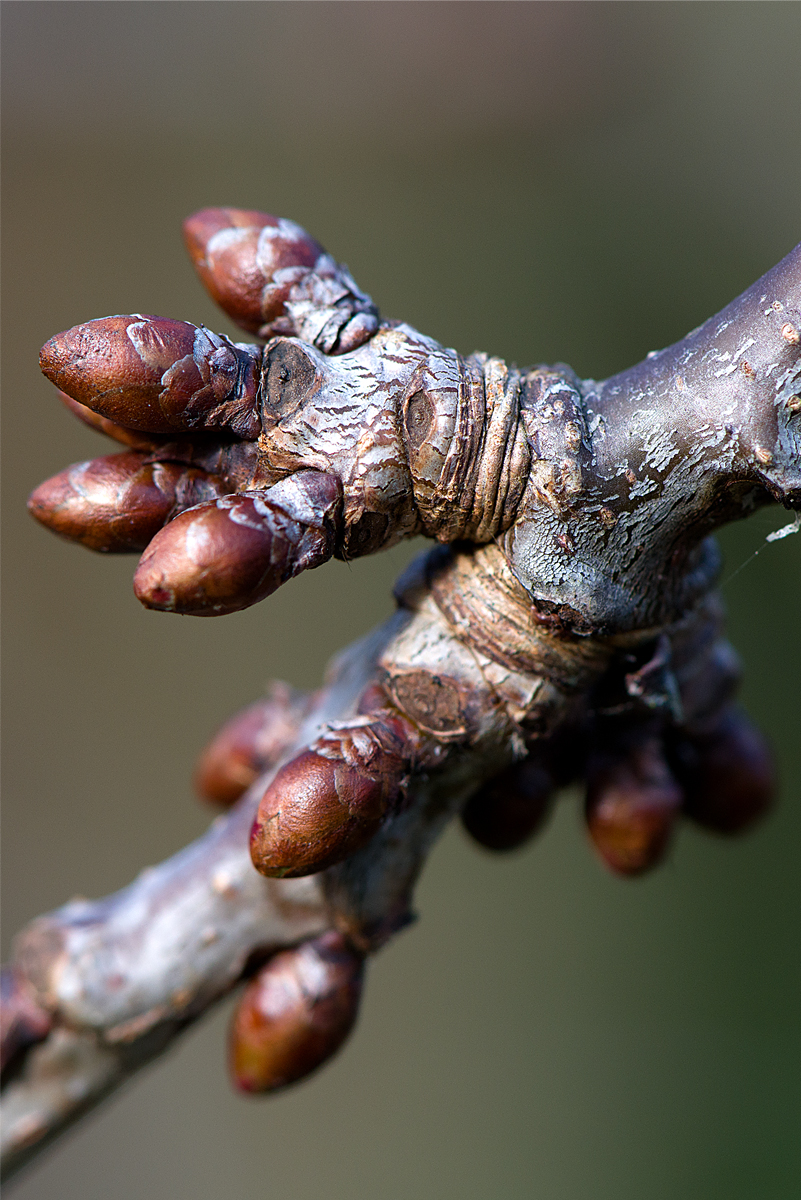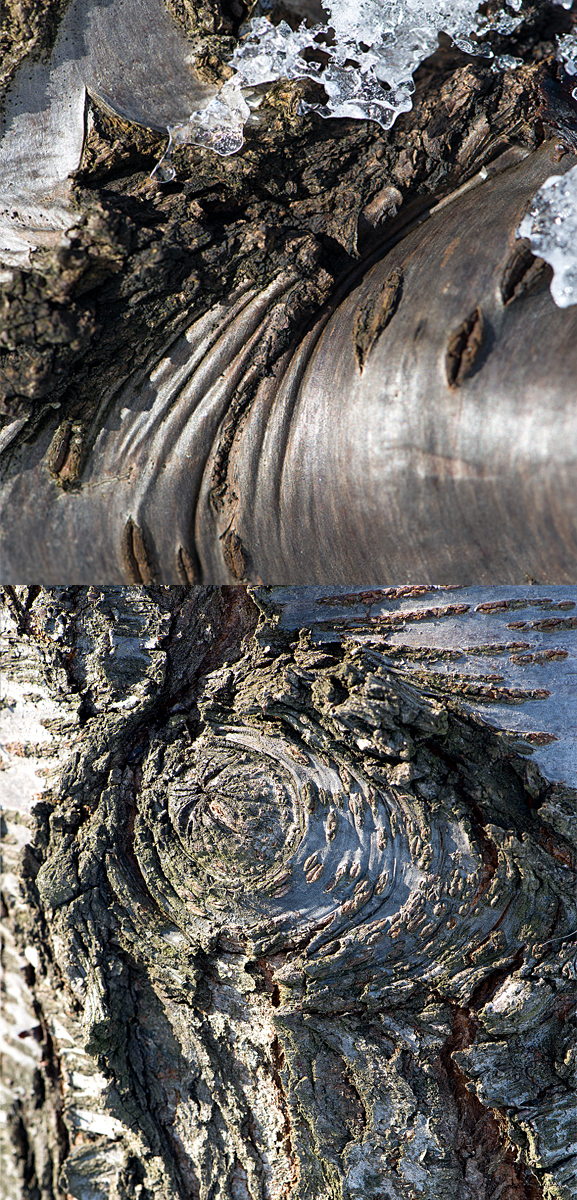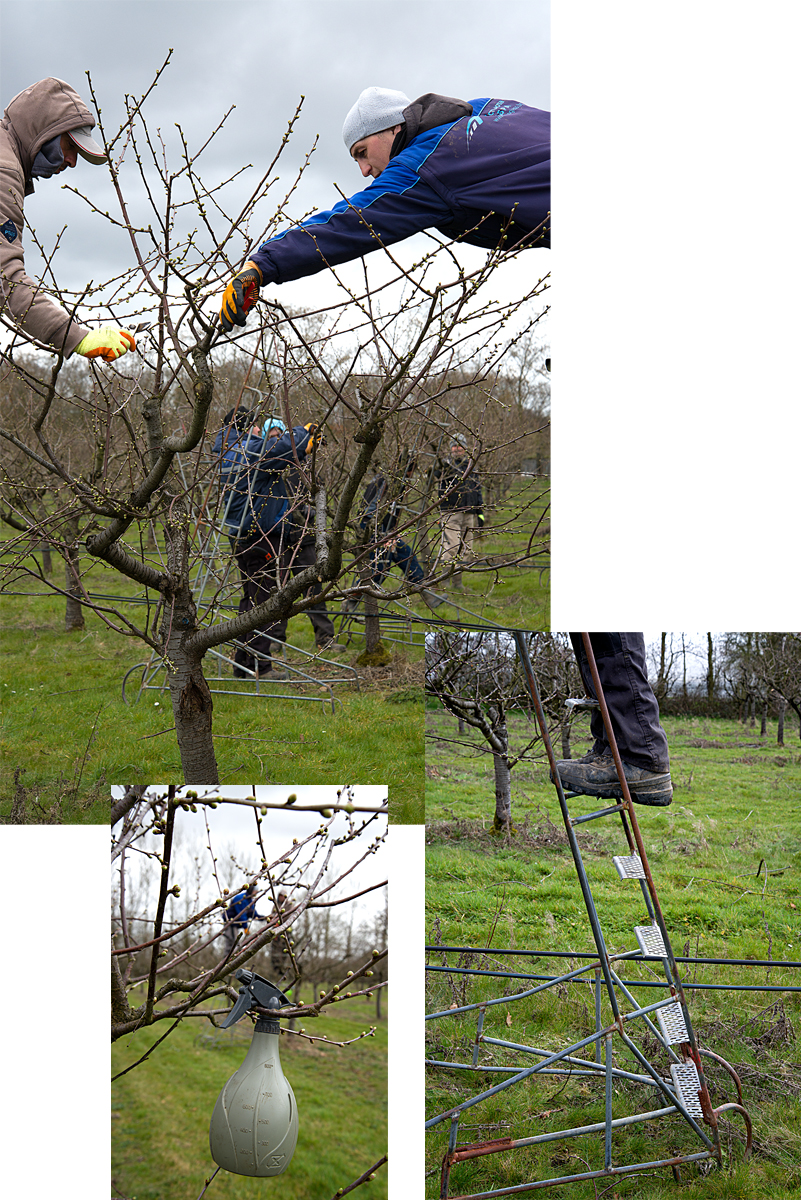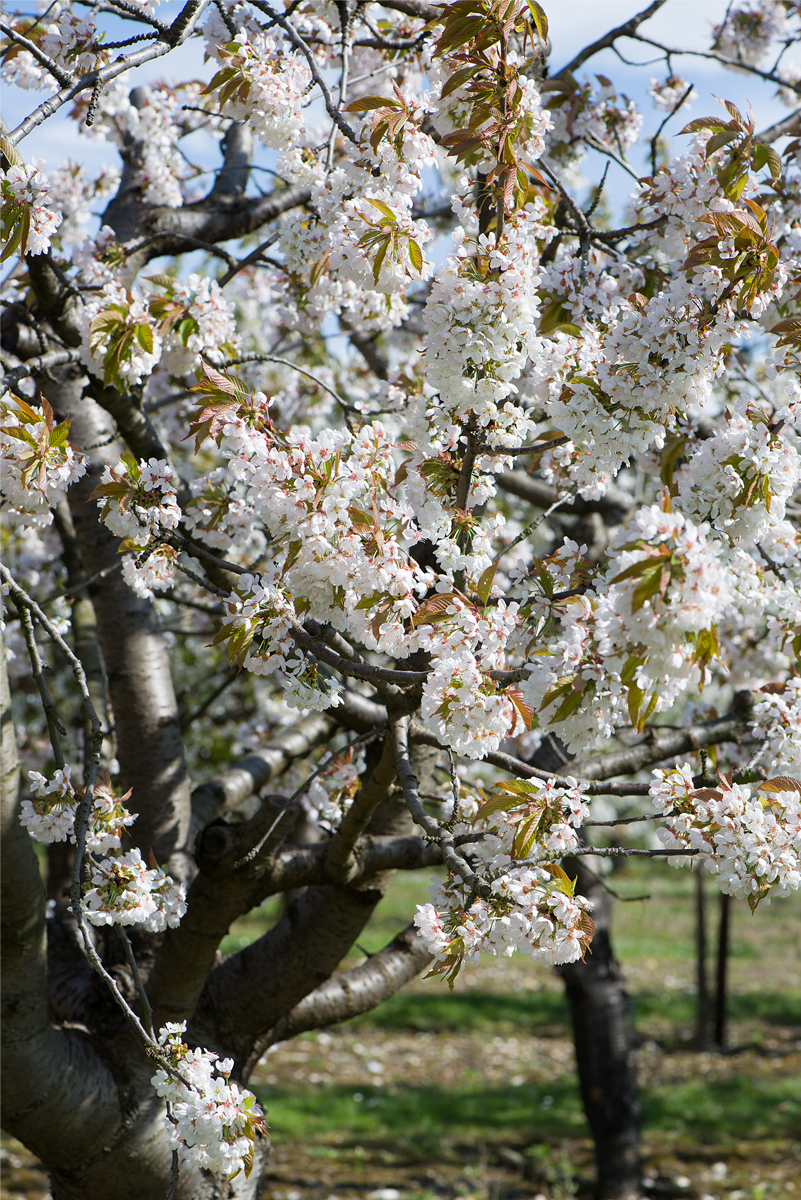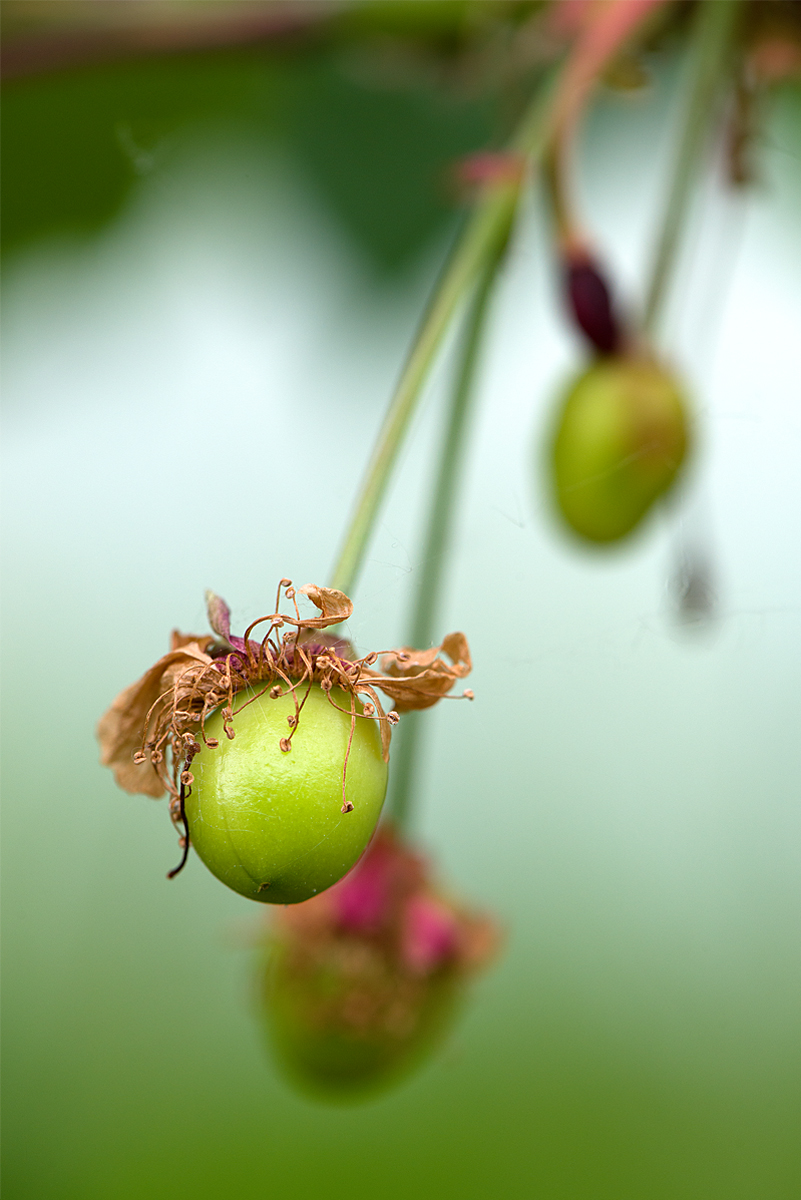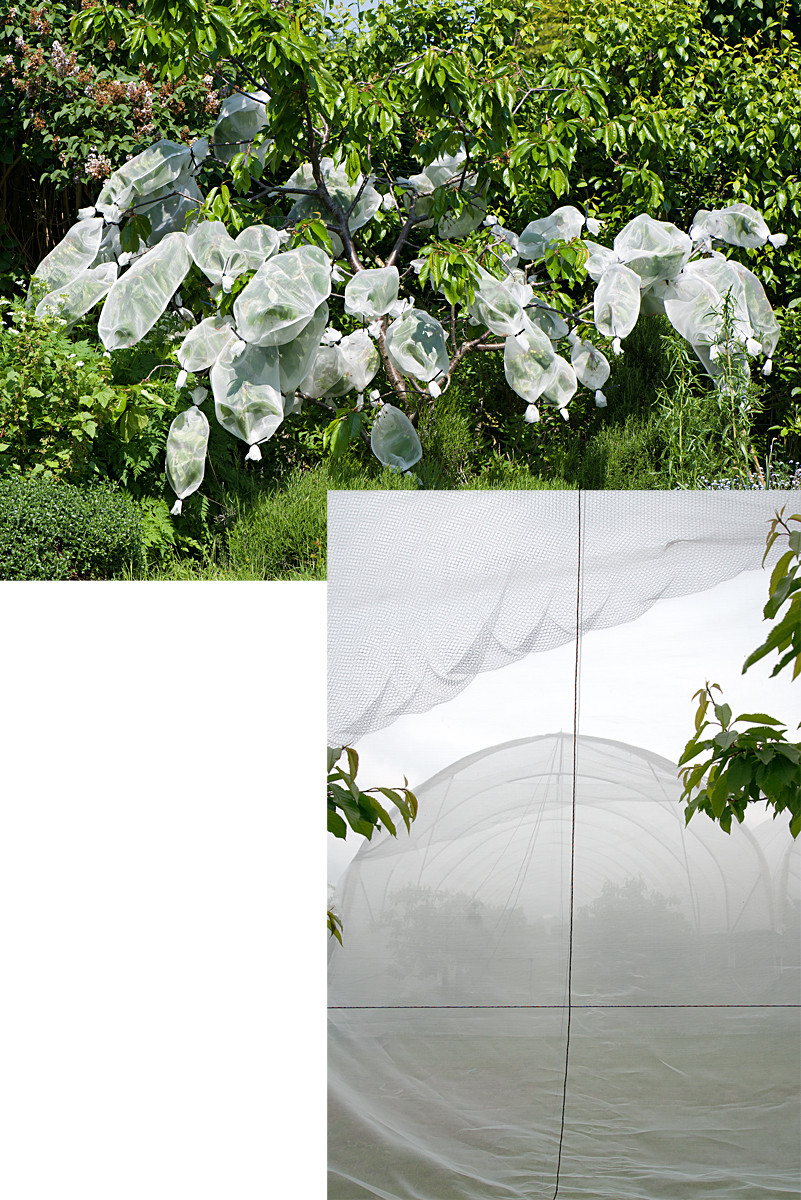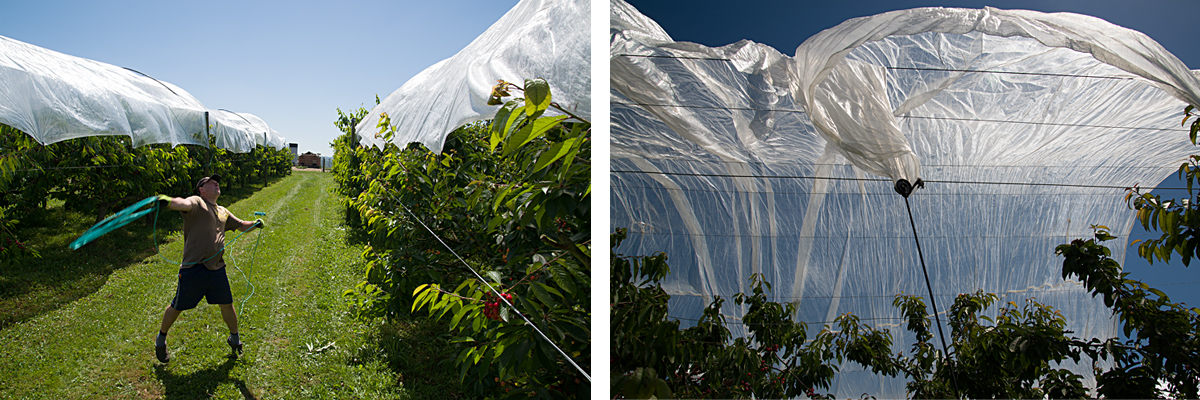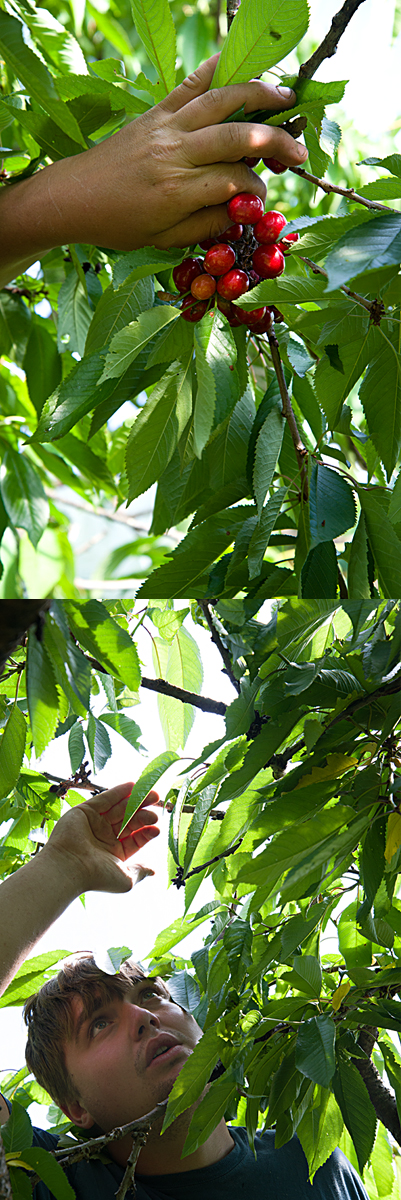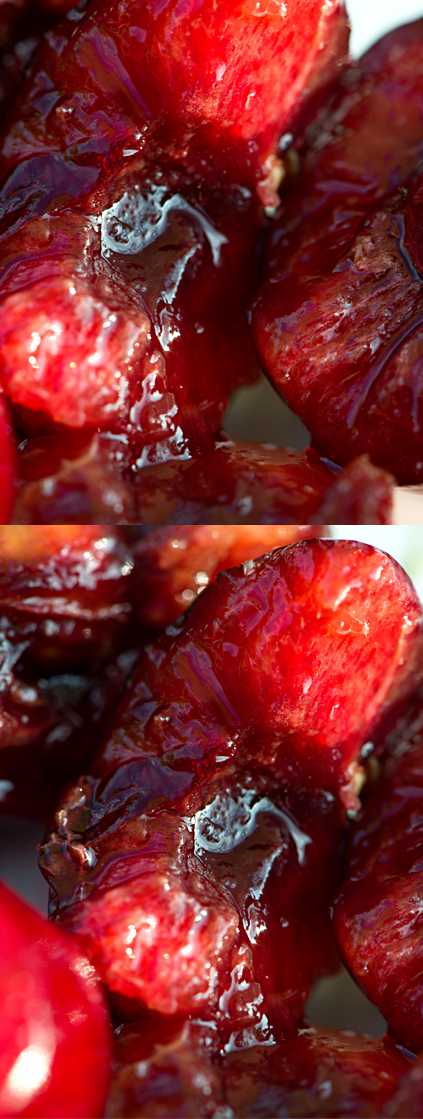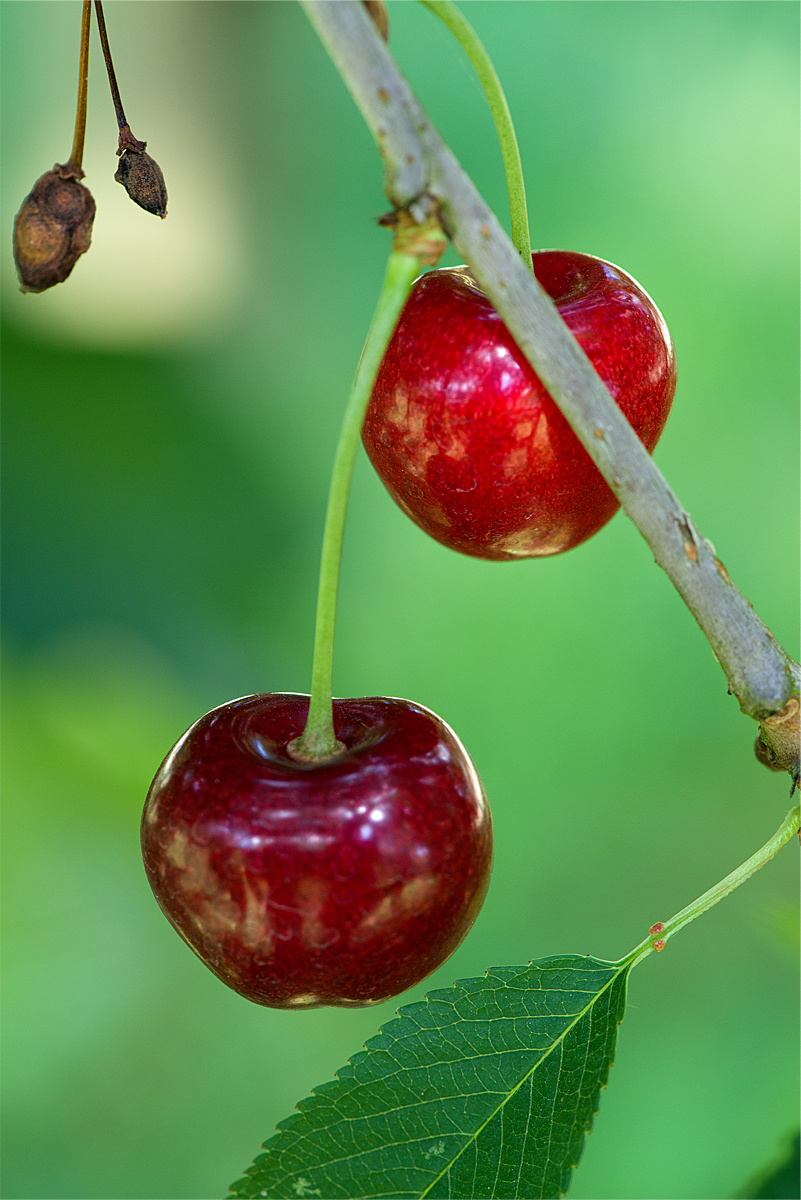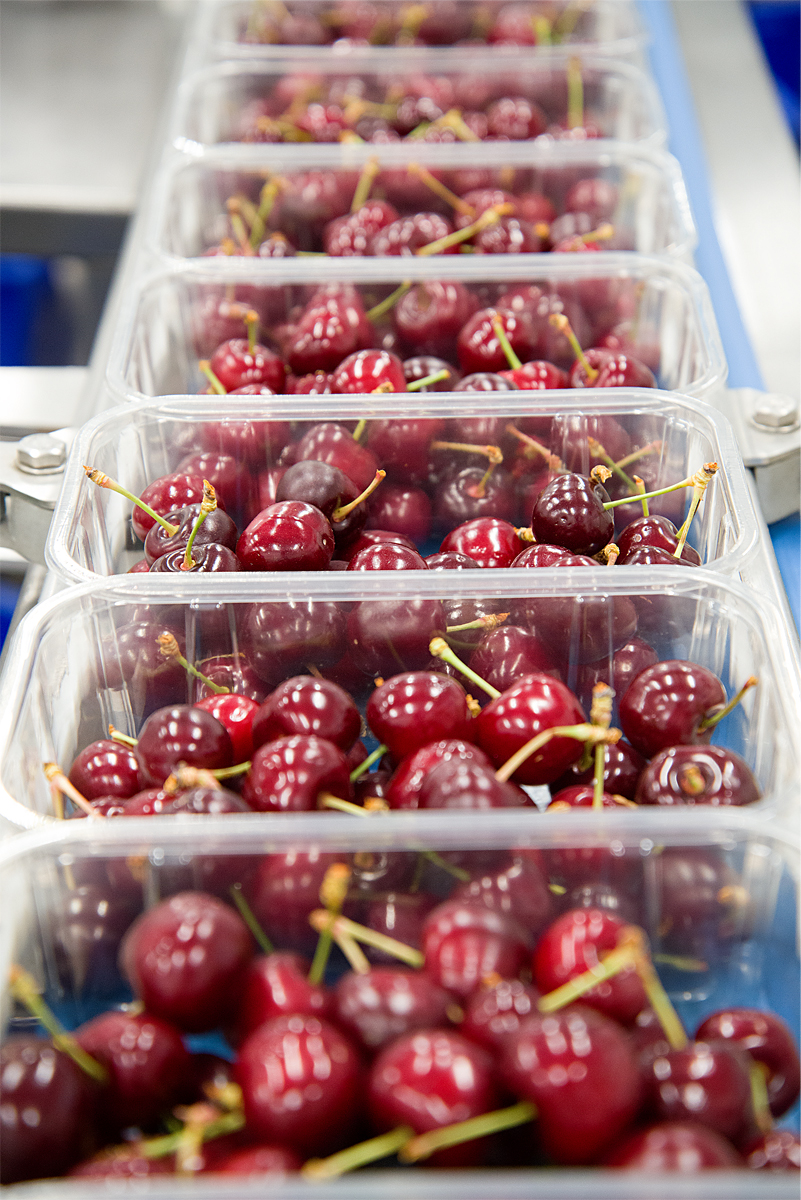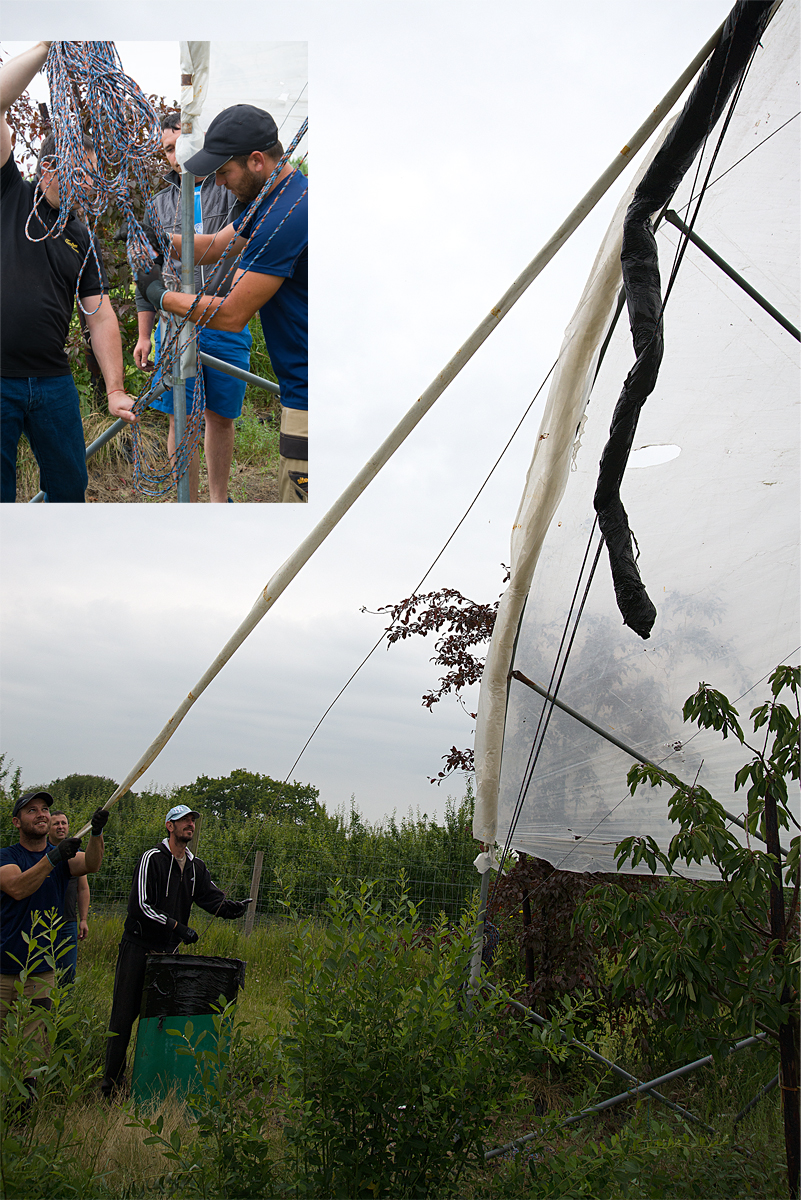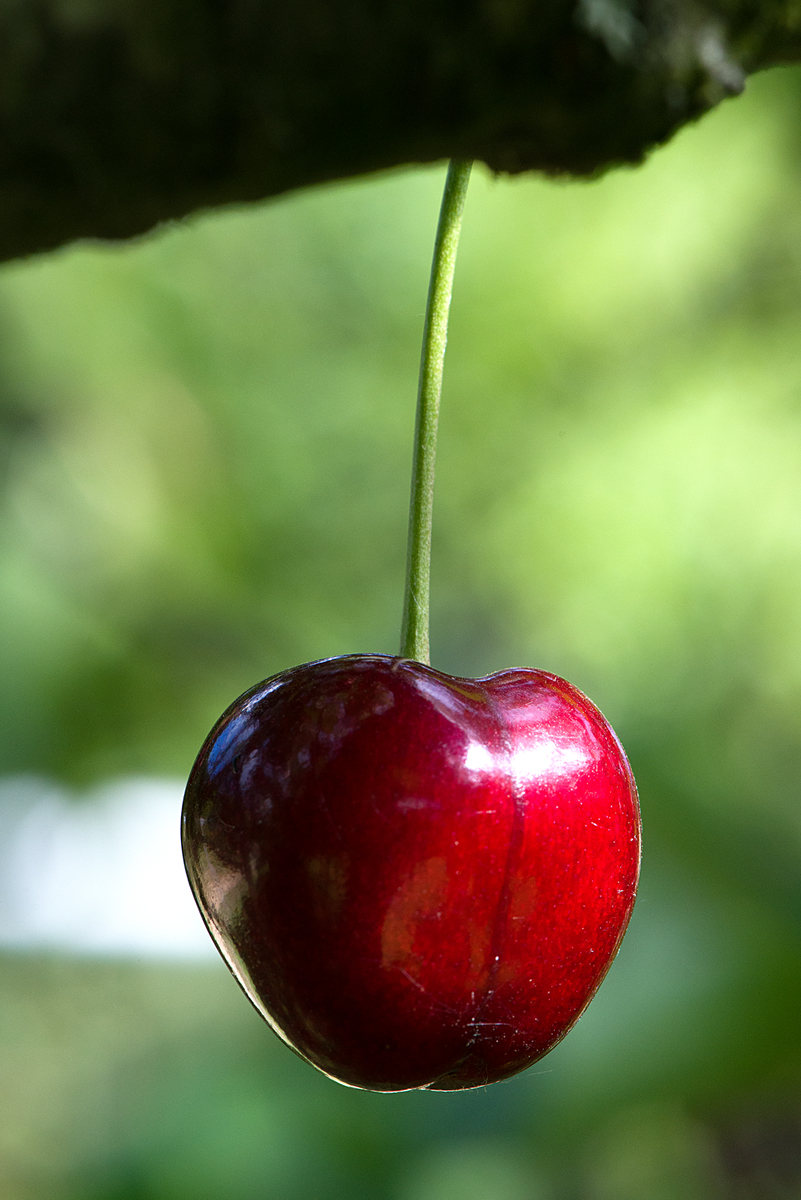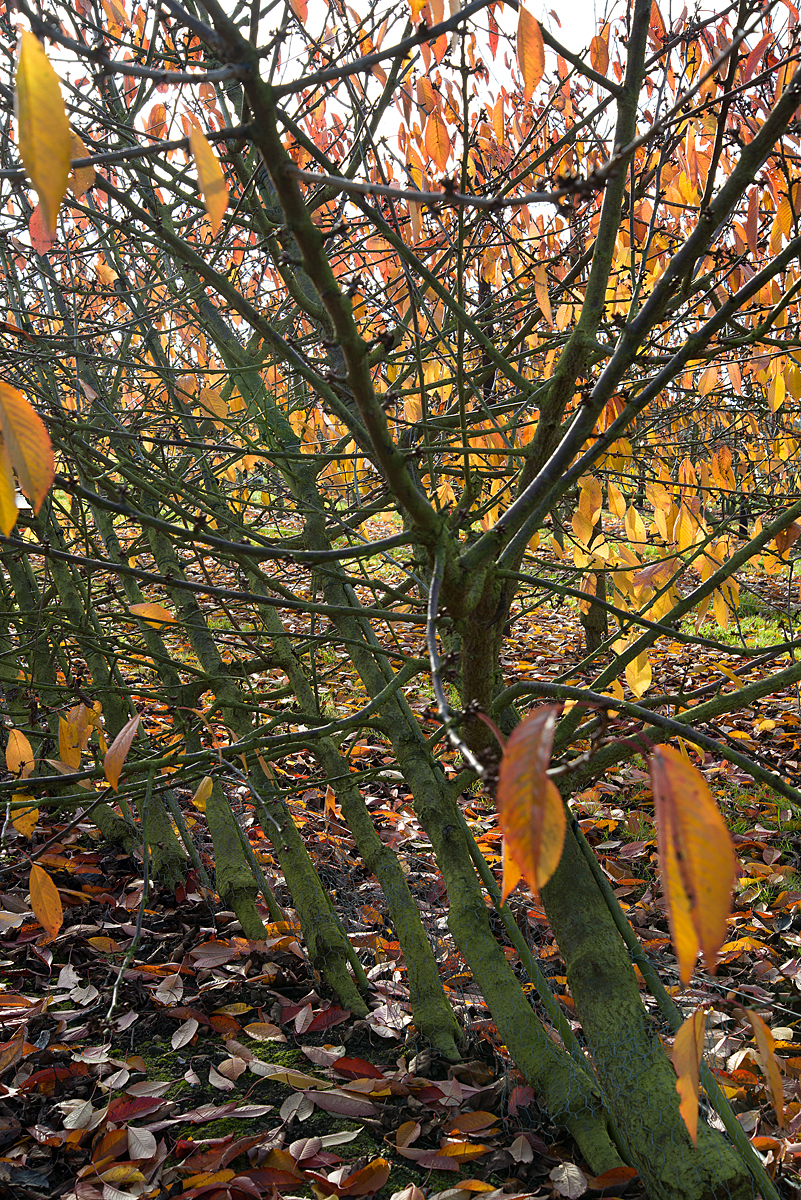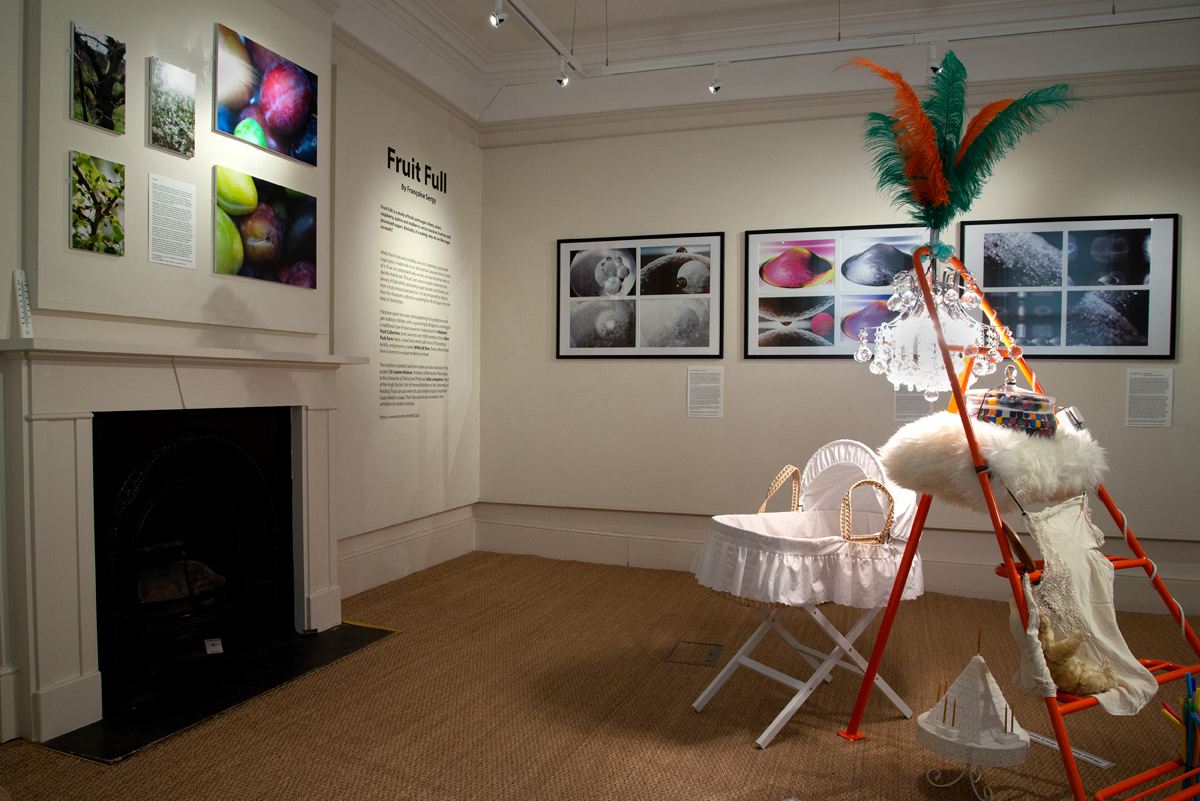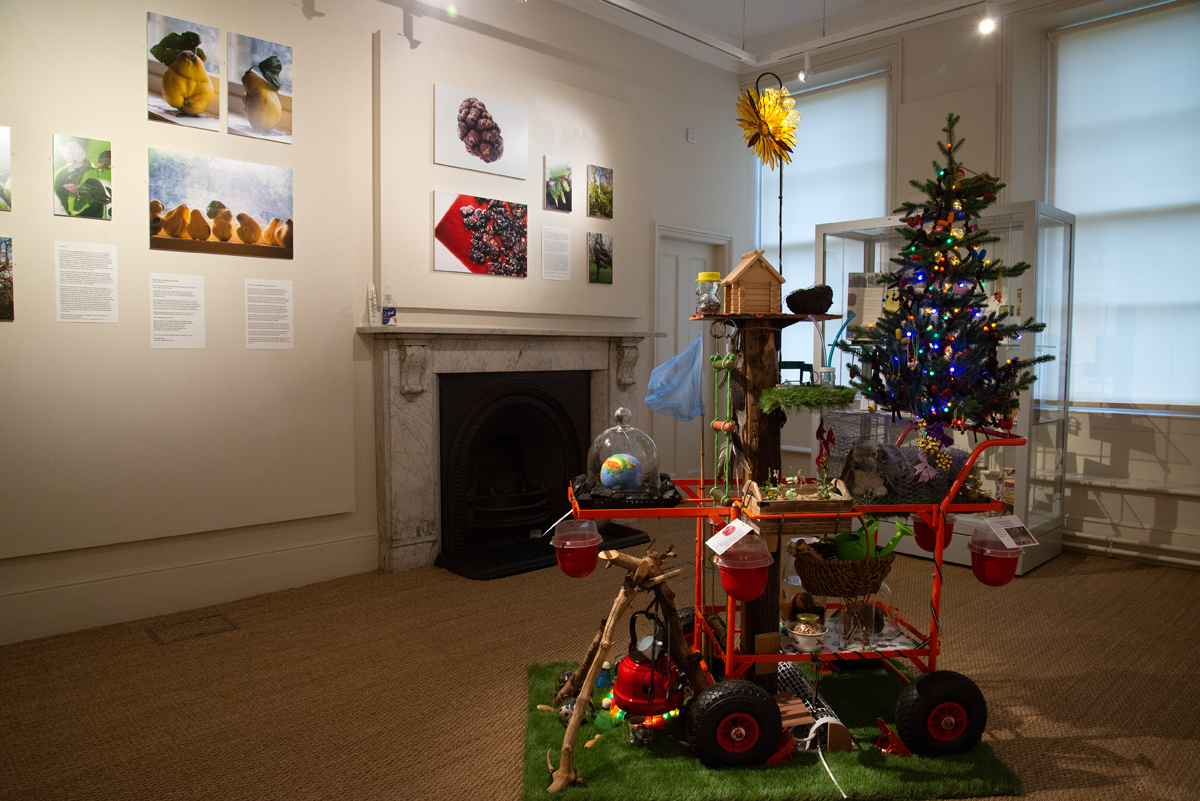the first treats
Sweet foods have a lot of power over us. We have an innate predisposition for sugar and its sweet taste. What we call a "treat" is often something sweet and I believe that in the mists of time, our first sweet treats were fruits. Our ancestors did have access to sugar, they ate root vegetables which contain sugars, plant sap like maple and agave syrup, and of course honey, which is practically pure sugar.
Fruits are special. They have evolved over millions of years to be eaten by animals with a sweet palate, such as bears, primates and humans, in order for their seeds to be dispersed far and wide. To guarantee this, the seeds are designed to pass through the gut mostly intact after the fruit has been eaten. They are then deposited in a new location, with a poo package which is a nitrogen rich fertiliser. Recent studies have shown that fruits eaten by primates (who often have a well-developed sense of smell), change their aroma when ripe. By doing this, the plant is telling the animal that the fruit is now sweet and ready to eat, at the same time as its seeds are ready for dispersal. In contrast, fruits eaten mainly by birds (who rely on vision rather than smell), do not change their aroma to advertise their ripeness and sweetness.
fruit nutrition
Fruits are rich in sugars: simple sugars such as glucose and fructose, as well as sucrose (one glucose and one fructose bound together). Sugars are carbohydrates, like starches and fibres, but they are the only carbohydrates that taste sweet and fructose is the sweetest of them all. Fruits are rich in fructose, so they taste very sweet but their sugar content is relatively low, because they contain a high proportion of water. For example, an apple is 12% sugar, whilst a Mars bar is 60%. Also, fresh fruits are rich in fibres, vitamins, micronutrients and other compounds which are essential to our health and wellbeing. Most importantly they are low in calories and very low in fat. On top of this, their high fibre content helps us to feel satiated for longer and slows down the digestion of sugars in our gut, thus avoiding unhealthy sugar spikes in the blood. What more could we want?
fruits in desserts
Many of our desserts do include real fruits. The fruits' wonderful flavour, colour and texture are essential for the recipes and their natural taste is even enhanced by the addition of free sugar. Fruit jams are a traditional example but the choice is huge nowadays, with fruits in yoghurts, fresh cheese and cream desserts, fruit juices, fruity bars and granolas, puddings, tarts, pies and cakes, all containing fruits in various guises, either dried, chopped, pureed, sieved, cooked or processed in some other way.
Nowadays, we add pure, processed sugar to a myriad of our foods. For many people, a fresh fruit is no longer special, it’s just a (boring) fruit. To qualify, treats must be sweeter, fattier, richer, almost as if the worse they are for our health, the more pleasurable they are. To cap it all, many snacks and treats are now cheaper to buy than a pound of fresh fruits.
And if the real fruit itself is no longer wanted or deemed necessary, its aroma, flavour and colour have all been recreated artificially to give a fruity illusion to factory made cakes and energy bars. By including fruits in their recipes, some of these products may claim to be healthy, but their high sugar and fat content says otherwise. Sure, we all need treats, including unhealthy ones! However, replacing a few of these with fresh fruits wouldn’t do us any harm...
